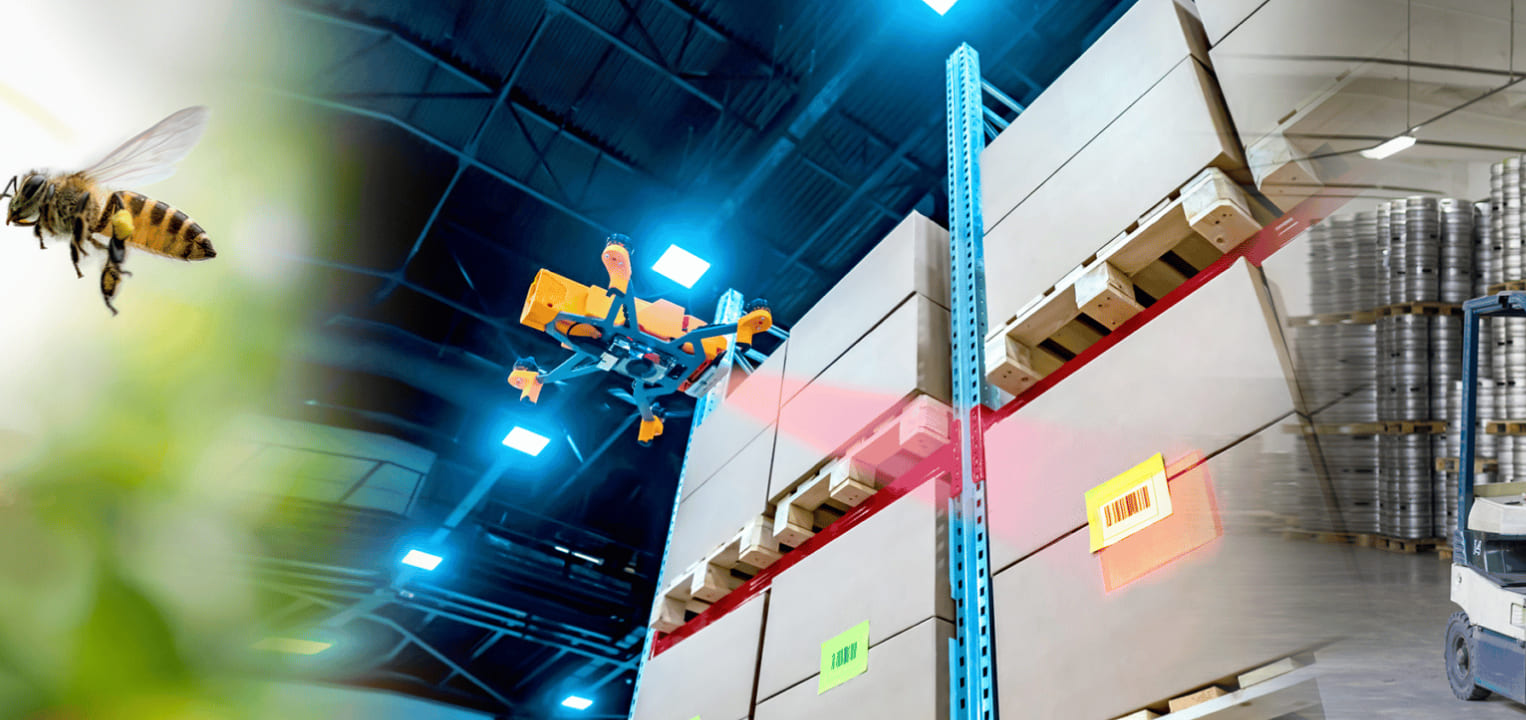What is a CCD barcode scanner?
A CCD barcode scanner is a device used to read barcodes by using a Charge-Coupled Device (CCD) image sensor. Charge-Coupled Devices are used in various industries, including retail, healthcare, and logistics. In the following, we will explain how CCD barcode scanners work, their benefits, and where they are used.
How does a CCD barcode scanner work?
When a barcode is scanned using a CCD barcode scanner, the scanner’s CCD sensor captures an image of the barcode. The device then analyzes the image to decode the barcode, using software that recognizes the patterns of the bars and spaces. Once the barcode is decoded, the information it contains is sent to a computer system, where it can be used to track inventory, process transactions, or perform other functions.
CCD barcode scanner benefits
CCD barcode scanners offer several advantages over other types of barcode scanners, including their reliability, durability, and affordability. Unlike laser scanners, CCD scanners do not require any moving parts, making them less prone to mechanical failure. CCD scanners are also more durable than other types of scanners, as they can withstand drops and impacts without suffering damage. Additionally, CCD scanners are generally less expensive than laser scanners, making them a popular choice for small businesses and organizations with limited budgets.
CCD barcode scanner applications
CCD barcode scanners are used in a variety of applications, from retail and healthcare to transportation and logistics. They can help reduce errors, improve delivery times, and enhance overall supply chain efficiency. In retail, CCD scanners are used to process transactions quickly and accurately, while in healthcare, they are used to track inventory and patient information. In transportation and logistics, a trucking company might use CCD barcode scanners to scan the barcodes on packages as they are loaded onto a truck, then again when they are unloaded at their destination. This helps to ensure that all packages are accounted for and delivered to the correct location. The scanned data can also be transmitted in real-time to the company’s inventory management system, providing up-to-date information on the location and status of each package.


